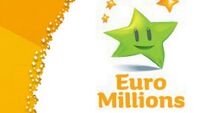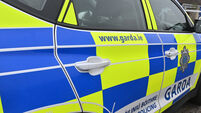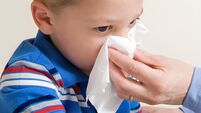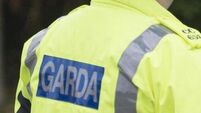Uptake of higher level maths is still growing
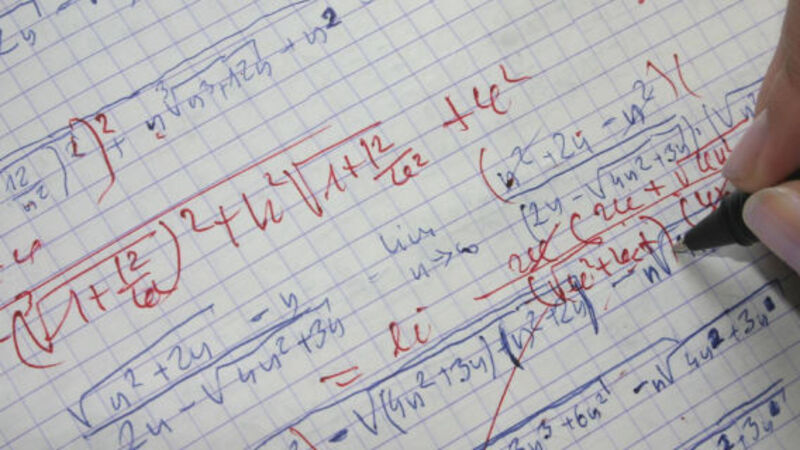
Despite fewer overall Junior Certificate students this year, nearly 500 more than a year ago sat honours maths in June. The 32,535 people getting a result in higher-level maths is also over 2,000 more than in 2013.
The proportion of those taking maths exams who sit higher level now stands at 55%, up from 48% in 2012. And the results also suggest that a wider mix of students attempting harder exams is not affecting performance, as 78.4% who did so this summer got an honours grade (A, B or C) — up on the numbers in more recent years and approaching the rates in 2011 and 2012.
The proportion who failed higher-level maths, with an E, F or No Grade, is also down from over 4% in the last two years to just over 3%.
While the completion of the rollout of a revised maths syllabus in recent years is partly lauded as the reason for the increase in honours paper sits, knowledge of the bonus college entry points available for pursuing higher-level maths through to Leaving Certificate may also be a factor.
Last month, SEC data showed 27% of school leavers who did Leaving Certificate maths had taken the higher- level papers, a figure that has shot up from just 16% in 2011.
The rise in students taking higher-level is replicated in Junior Certificate Irish, with 56% taking the papers. That is an increase from less than half as recently as 2011, and up from 54% a year ago.
This may also be related to curricular reform at senior cycle, with students encouraged by the fact that up to 40% of marks in Leaving Certificate Irish are available for performance in the oral test, up from 25% since 2012.
The SEC’s figures also reveal a sharp drop in numbers taking French, although it remains by far the most common continental language.
The 32,044 students getting a French result today is nearly 1,900 fewer than in 2014, and down by more than 2,700 or 8% since 2012. In the same period, numbers sitting German for have been rising significantly.
From only around 9,000 a year at the start of this decade, the number of students for German is now up by more than a quarter to 11,422 this year. And it is being caught up in the popularity stakes by Spanish, whose Junior Certificate entries are up by nearly half since 2010 from 5,700 to nearly 8,500 getting results in the subject today.
The swings may be attributable to a number of factors, including public awareness of greater emphasis in the jobs market on the need for workers with European languages. But a greater availability of suitably-qualified teachers to allow schools offer more language options could also be influential.
Science grades remain similar to those of recent years, just under 80% of the 42,655 higher-level students of the subject got honours, including 10% who got As.
Among the more common subjects, art has one of the highest proportions of As at higher level, a grade awarded to almost 21% of students. But it is closely followed by around 15% of higher-level candidates in Spanish, history, technical graphics and Spanish getting As, with 14% of those studying home economics also getting the top grade.
More than one-in-five students received an A in civic, social and political education (CSPE), in which a common-level paper is taken by all candidates.
CSPE is one of a number of subjects, along with social, personal and health education (SPHE) and physical education (PE), to be integrated into a new area called wellbeing.
For students starting second-level in 2017, all will have to be taught at least 300 hours of these and optional other related subjects across the three years of junior cycle. But CSPE will continue to be a Junior Certificate exam subject until 2019 under the implementation plans for the junior cycle reforms finalised in the summer and due to be voted on by 27,000 second-level teacher union members this month.
In some minority subjects, much higher proportions of students are getting As than in others, such as 84 out of 272 (31%) who took higher- level Latin; seven out of 32 students of ancient Greek (22%); and 105 — or 20.5% — of the 512 higher-level classical studies candidates.






